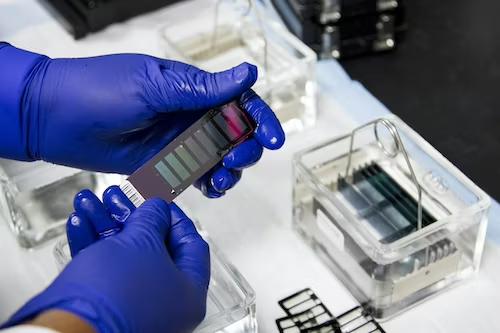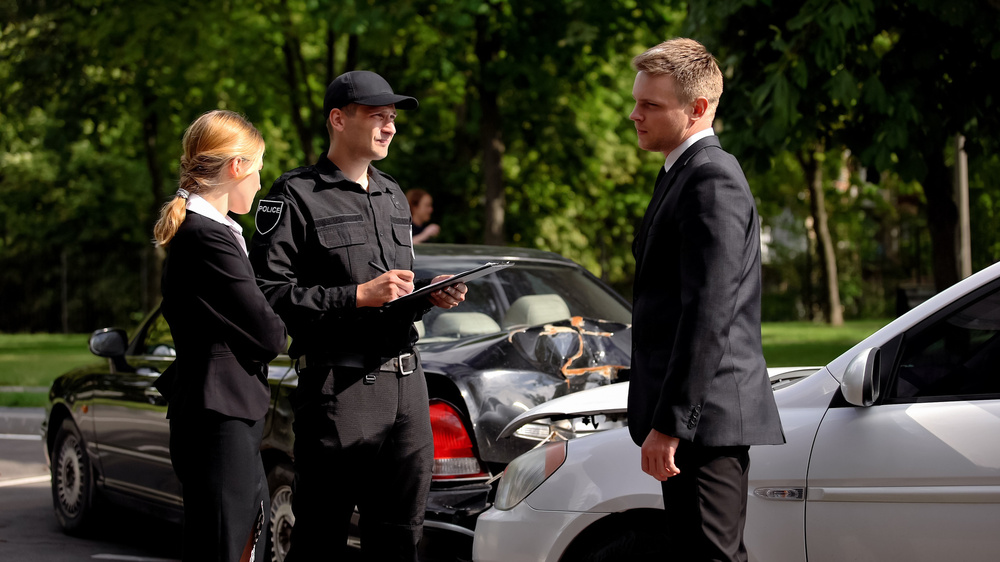The Role of Forensic Evidence
in Car Accident Investigations

Image by National Cancer Institute on Unsplash
Automobile accidents are frequent multi-faceted occurrences that are influenced by a multitude of circumstances. Thorough analyzing the material is essential for incident investigations in order to identify the causes and assign blame appropriately. Crucial to understanding the dynamics of accidents and assisting with legal actions, forensic evidence is an integral part of this process
Crash Scene Reconstruction
Crash scene reconstruction is a key use of
forensic evidence in car accident investigations. In order to determine what
happened before, during, and after the crash, forensic scientists use complex
methods of analysis. Included in this procedure are evaluations of impact
forces, skid mark studies, and vehicle
trajectories.
Police can learn more about what happened, where things went wrong, and how fast the cars were going by painstakingly recreating the accident scene, while this can also help in personal injury cases. The precision of accident investigations is greatly enhanced by the availability of this data, which is crucial for identifying elements of contributory negligence.
Analysis of Blood Alcohol and Drugs
Critical to the investigation of vehicle
accidents are toxicology reports that include the results of drug and blood
alcohol tests. Experts in forensic science determine the extent to which each
driver was impaired, which is vital information on their capacity to drive
safely. When suspicion of drunk driving is present, this forensic proof becomes
very important.
To ensure a thorough evaluation of the elements leading to the accident, blood alcohol and drug analysis are crucial in legal processes and also help determine liability. These tests are inclusive of marijuana intoxication.
Although many states allow the use of marijuana for medicinal and recreational purposes, driving under the influence could impair your judgment. You can also attract lawsuits that charge hefty fines and possible jail terms. For instance, Florida's marijuana driving laws could cost fines or six-month jail terms. You may also suffer from permanent revocation of your driving license if you are a repeat offender. All this is possible due to the forensic tests that make you liable for the accident occurrence.
Vehicle Damage Analysis
Vehicle damage analysis is another important
part of forensic evidence in vehicle accident investigations in addition to police reports. The forensic team investigates
accident-related vehicle damage by analyzing the pattern and extent of the
dents. Important details regarding the collusion’s angles and places of impact
can be uncovered through this study.
Investigators can piece together what happened before, during, and after the accident by studying the crash's dynamics through car damage assessment. The forensic method is crucial to demonstrate culpability, evaluate the effect of contributing circumstances, and paint a whole picture of the disaster.

Tyre and Brake Inspection
One essential piece of forensic evidence
in investigations involving car accidents is the inspection of the tyres
and brake systems. The patterns and marks left behind by the tires can provide
information about the vehicle's speed, if it came to a quick halt, or if
control was lost. In order to piece together the vehicle's actions leading up
to and including the crash, forensic specialists painstakingly examine these
marks.
Brake system analysis also gives important details regarding the brakes' operation during the collision. The results of these forensic analyses are crucial in elucidating the technical components of the accident and pinpointing the causes of the crash.
Electronic Data Recorders (EDRs)
Nowadays, with the help of modern
automobile technology, Electronic Data Recorders (EDRs) are a great asset for
forensic investigators looking into vehicle accidents. Commonly found in newer
cars, these gadgets record crucial information in the moments preceding and
following a collision, including the vehicle's speed and the amount of braking
applied.
Experts in forensic science retrieve and evaluate this digital evidence to piece together what happened just before the crash. The use of EDR data is not without its difficulties and legal implications, though. Ensuring the admissibility and reliability of EDR data in accident investigations requires finding a compromise between privacy concerns and the necessity for reliable evidence.
Endnote
Investigations into many instances, including auto accidents, necessitate the collection of forensic evidence. There are methods used by forensics investigators to reconstruct the accident scene and identify the reasons behind the collision. They check for any signs of alcohol that may have contributed to the collision because the driver may have been the cause. In an automobile accident lawsuit, the evidence gathered will assist in establishing fault. The sophistication of forensic techniques used in auto accident investigations has increased as a direct result of the constantly developing technical infrastructure, which has enhanced investigations